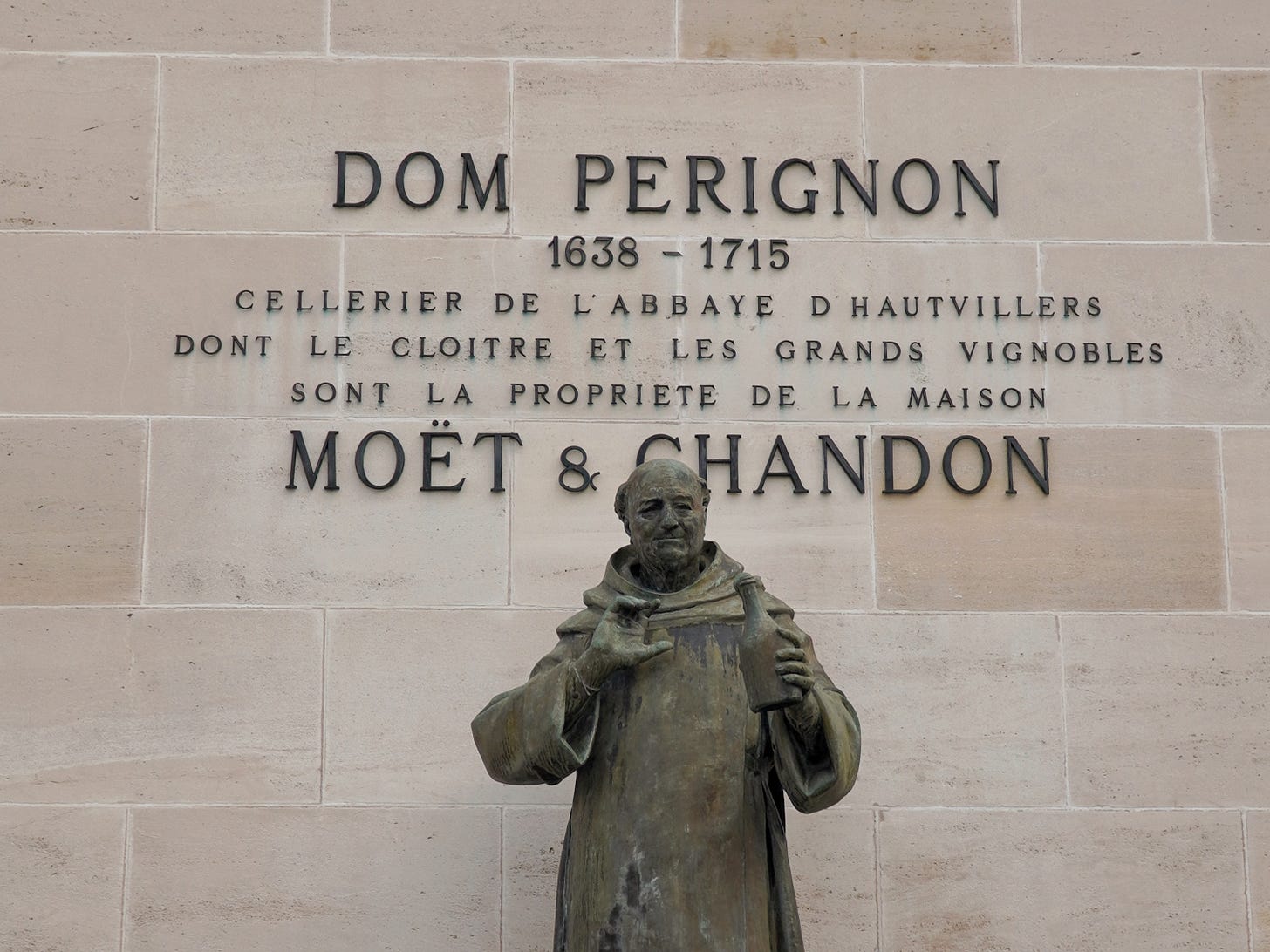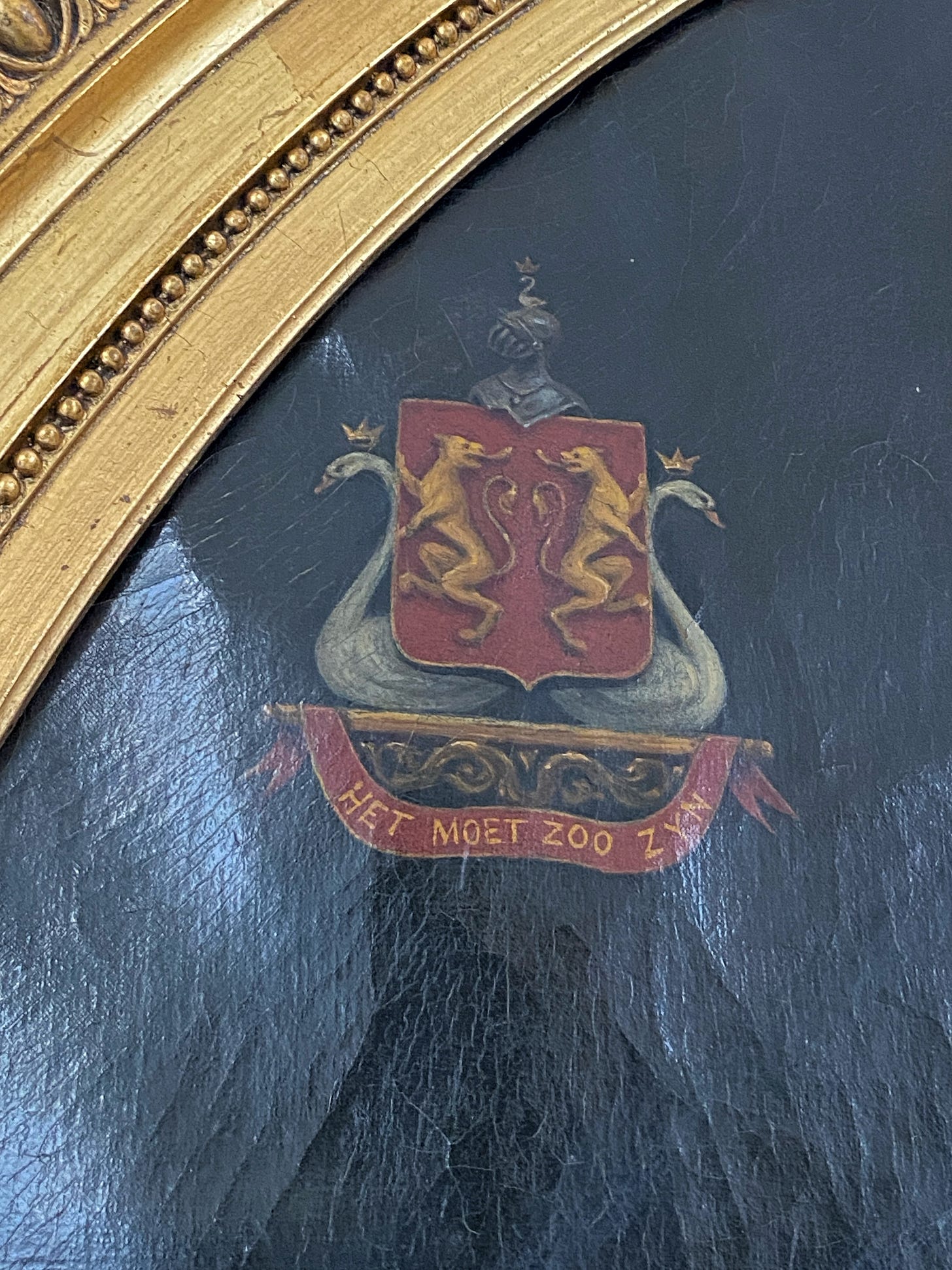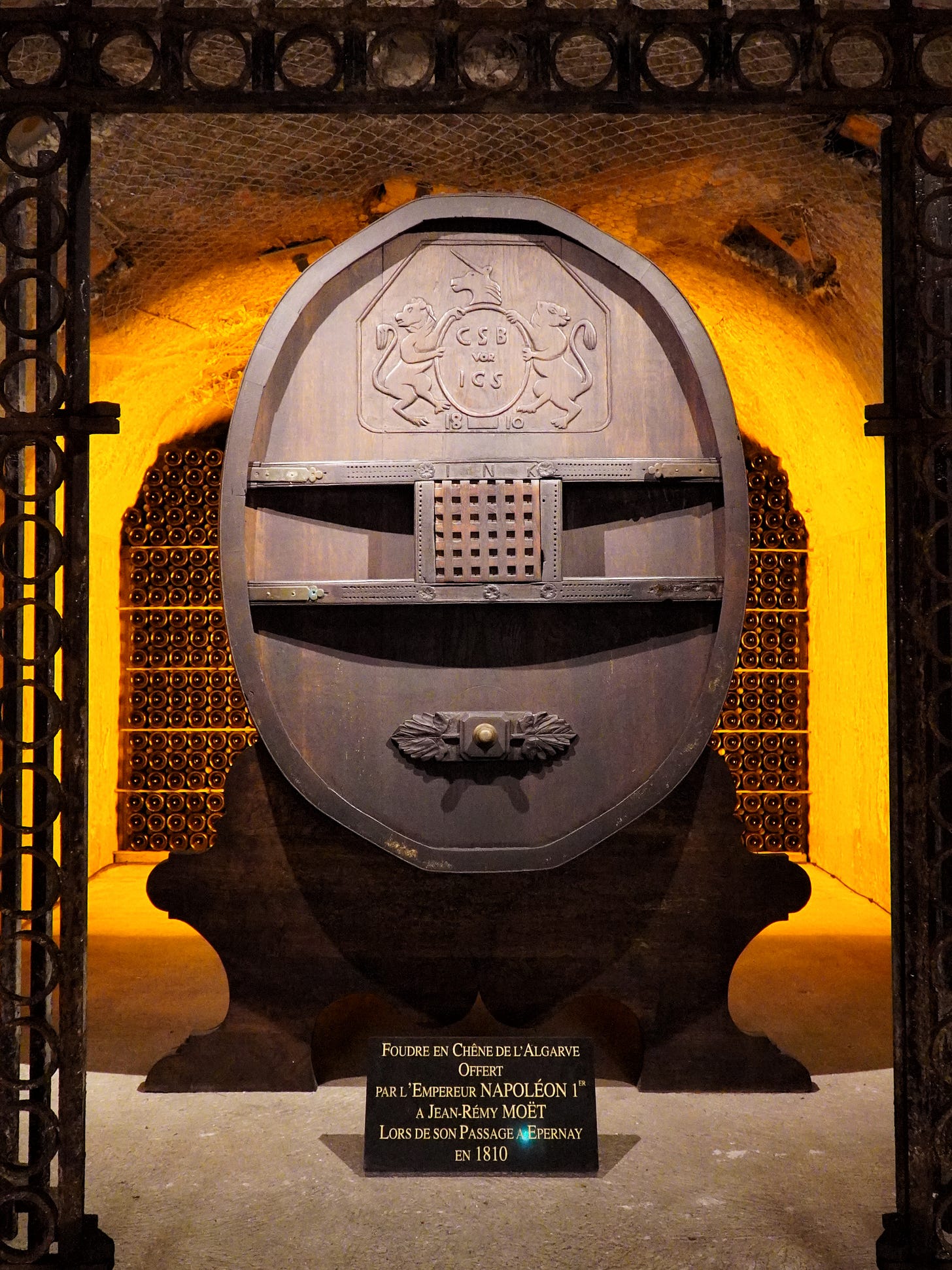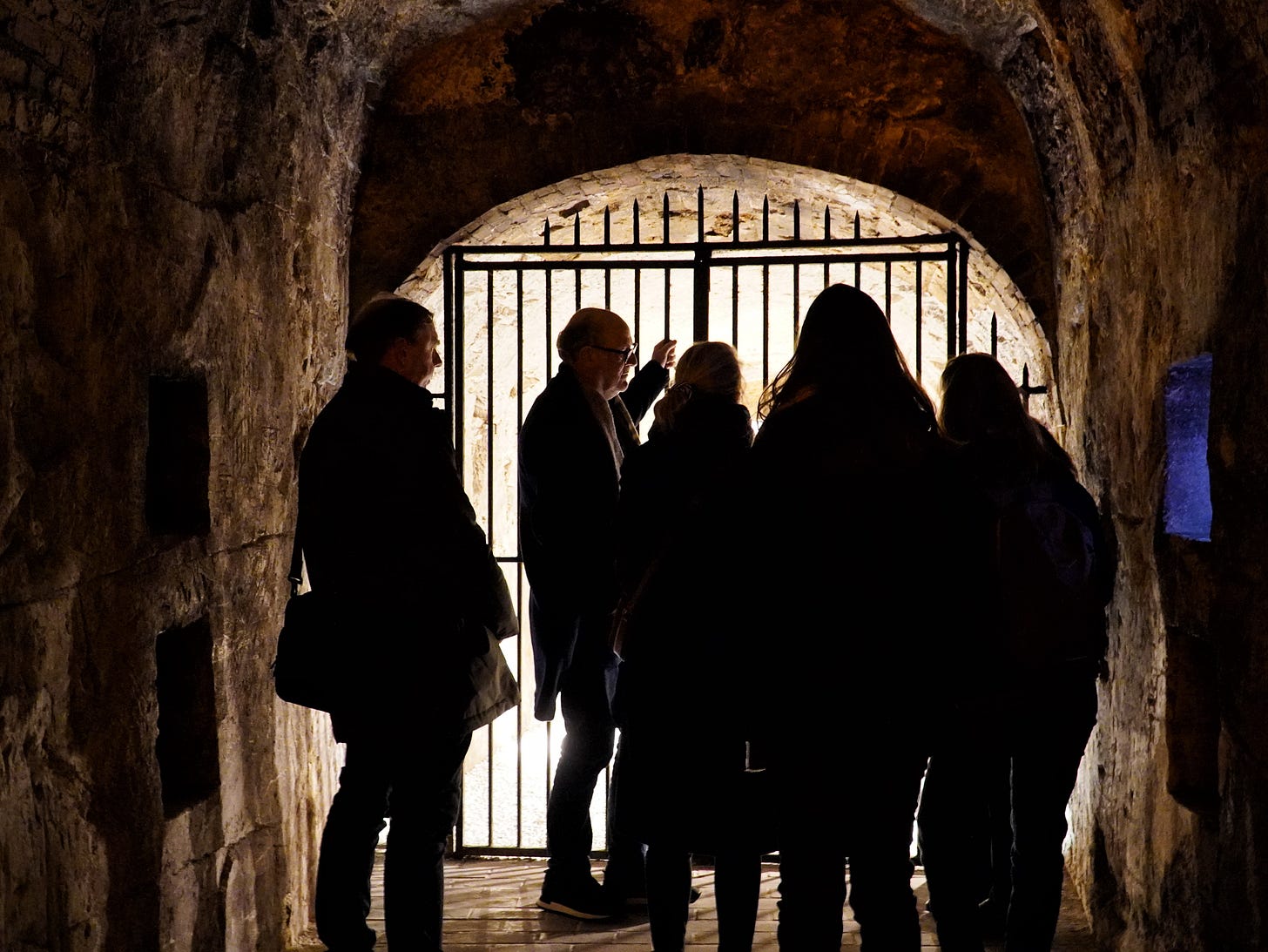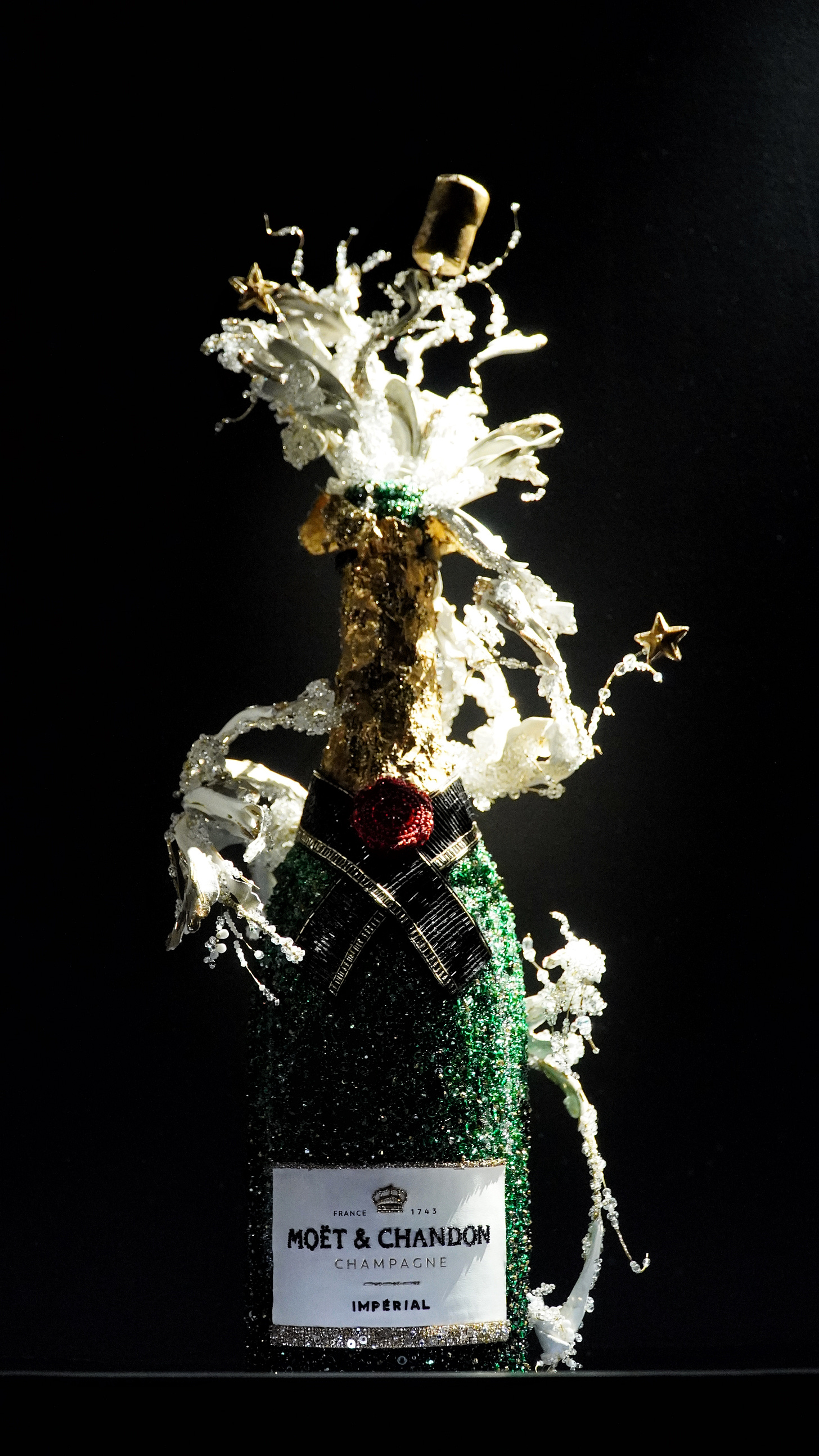A Visit to: Champagne House Moët & Chandon
Inside Moët & Chandon: A Royal Toast to Champagne’s Glorious Past (and Future)
I recently had the joy (and let’s be honest, the bubbly-fuelled giddiness) of visiting one of the world’s most iconic Champagne houses: Moët & Chandon. This legendary name has been popping corks and turning heads since 1743—and I was eager to explore the cellars, sip the sparkle, and soak up the stories behind those famous gold-labelled bottles. Here’s what I discovered, from Dutch roots to royal tributes and eco-forward innovation.
» Read the original Dutch article here
From family firm to Champagne empire
Claude Moët founded the house in Épernay in 1743, and within no time, his effervescent wines were being served at the French court. His grandson, Jean-Rémy Moët, elevated the brand to stardom—introducing Moët Champagne to Europe’s royal courts and one very famous emperor: Napoleon Bonaparte. The French leader’s love for the bubbles inspired the creation of Moët Impérial, the house’s flagship cuvée to this day.
And yes, let’s clear something up: it’s Mo-èt, with a proud and audible ‘t’. The family had Dutch roots, and the original Moët coat of arms even bore the Dutch motto “Het moet zoo zyn” (“It must be so”). A fun little fizz of trivia for your next dinner party.
Royal visits, sparkling alliances
In 1833, the name became Moët & Chandon when Pierre-Gabriel Chandon de Briailles joined the family firm. The legacy only grew from there. In 1927, the house officially added Dom Pérignon to its collection—named after the legendary monk whose winemaking prowess helped shape Champagne as we know it.
By 1971, the brand merged with Hennessy Cognac, and a few years later with Louis Vuitton, forming luxury powerhouse LVMH. Today, Moët & Chandon is the biggest Champagne producer in the region, churning out a cool 35 million bottles annually. (That’s a lot of corks.)
Even Napoleon was a fan
Jean-Rémy Moët didn’t just make Champagne—he made fans. One of his most loyal? Napoleon himself, who visited the estate several times. Legend has it he left each time with crates of Champagne for his troops—because why fight battles when you can toast victories?
To honour this historic bond, Moët & Chandon created the Moët Impérial and preserved a unique wine barrel in its cellars as a sparkling salute to their imperial friend.
Innovation meets sustainability
Moët may be steeped in history, but it’s not stuck in the past. Cellar Master Benoît Gouez has pushed boundaries with new expressions like Moët Ice Impérial—designed to be sipped over ice. Très chic.
On the greener side of things, their Natura Nostra initiative is a real cork-popper. Launched in 2021, it aims to plant 100 km of hedgerows in Champagne by 2027 to restore biodiversity. They’ve already reached 50 km, creating natural corridors that retain water, reduce erosion, and support local ecosystems. It’s a bubbly example of eco-luxury done right.
Exploring Moët & Chandon: what to expect
Visiting the estate feels like stepping into the beating heart of Champagne history. The underground cellars, stretching for 28 kilometres beneath Épernay, are home to millions of maturing bottles—each waiting for their perfect moment to shine.
You’ll learn how Champagne is crafted, from hand-picked grapes to the magic of the second fermentation in bottle. Moët’s house style comes from a careful blend of Pinot Noir, Pinot Meunier, and Chardonnay, creating a Champagne known for its bright fruit, finesse, and that signature creamy mousse.
And yes—there is a tasting (or two). You might sample the classic Moët Impérial Brut, the luscious Rosé Impérial, or a rare vintage from the Grand Vintage collection. Fancy something truly exclusive? Opt for a Dom Pérignon tasting and sip like royalty.
Memories of Tomorrow: when Champagne meets art
As a toast to 281 years of sparkling history, Moët & Chandon has launched an art exhibition titled Memories of Tomorrow at its Épernay estate. The show features eleven stunning objects that symbolise the house’s deep ties to royalty, culture, nature and celebration.
Crafted in collaboration with Parisian design studio Atelier Baqué Molinié, the pieces are embroidered masterpieces glittering with detail. One standout? A regal crown inspired by the Moët seal, with a velvet dome showing an aerial view of the Champagne region. Another eye-catcher is the reimagined Jeroboam bottle, captured mid-pop with a swirl of pearls representing the iconic foam.
And the best part? After Épernay, the exhibition will travel globally—so the world can raise a glass to Moët’s rich legacy.
Have you ever visited a Champagne house? Or popped a bottle of Moët for a special occasion? I’d love to hear your stories—drop them in the comments.
Until the next toast,
Jody 🥂



